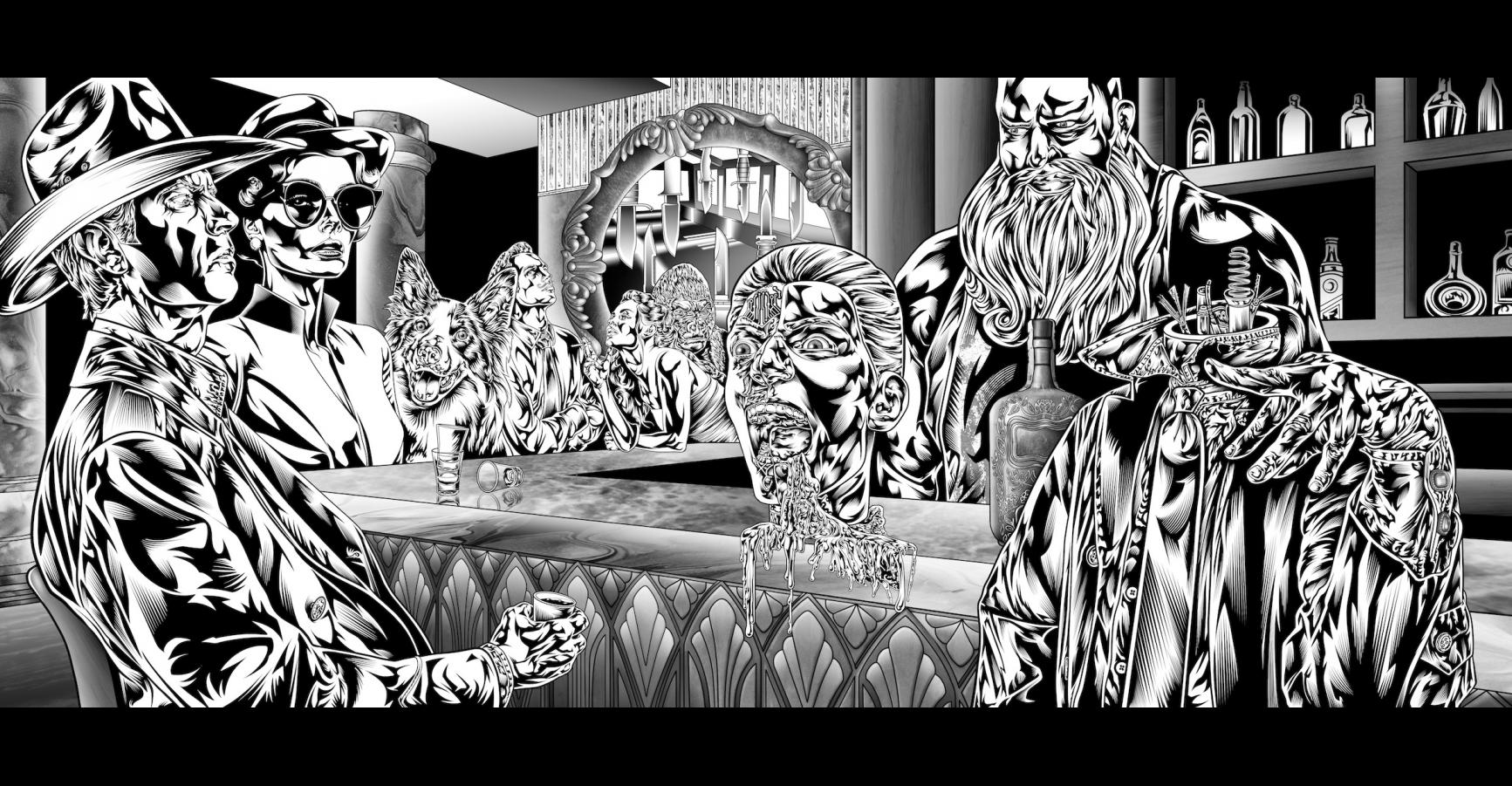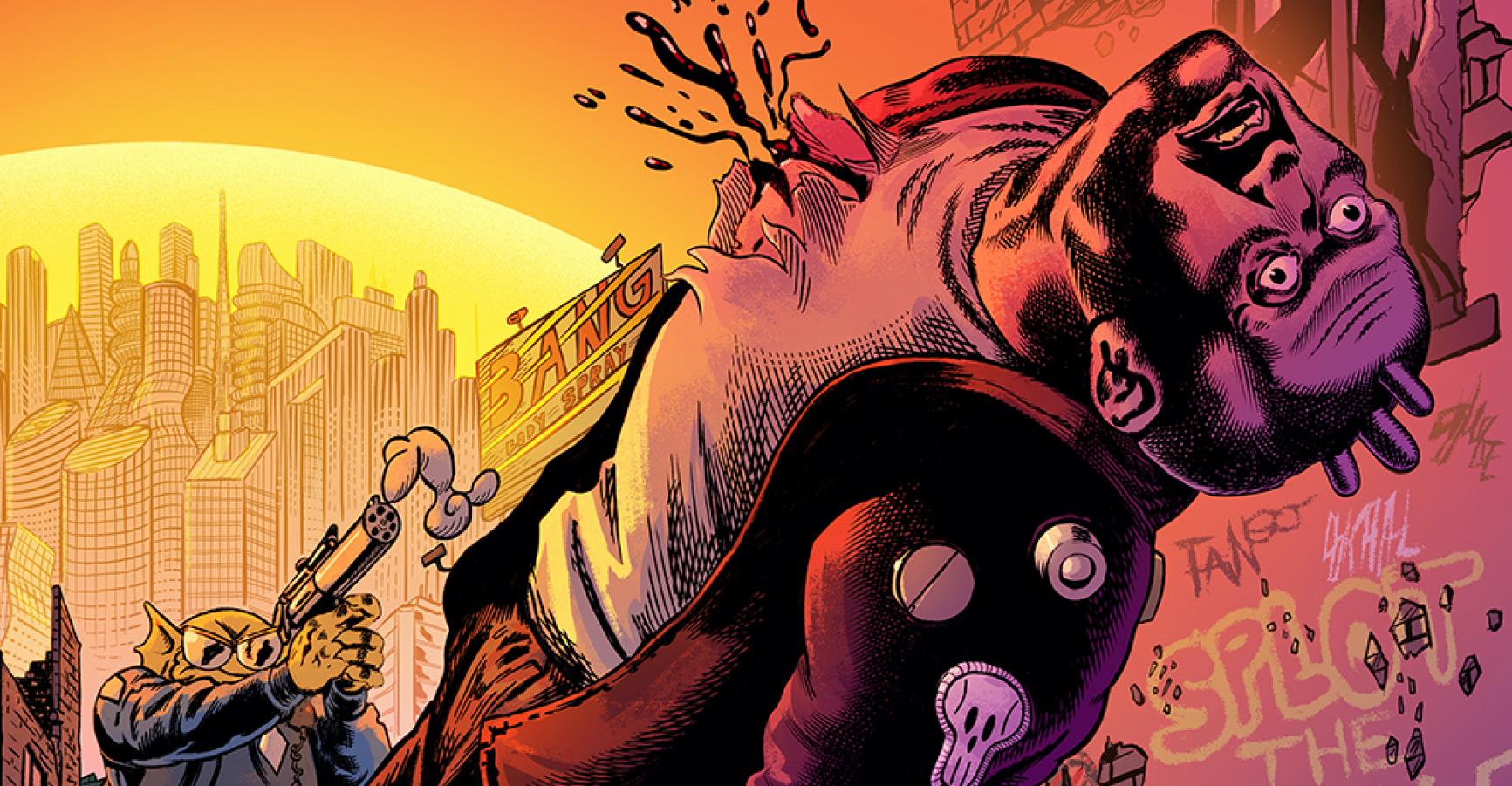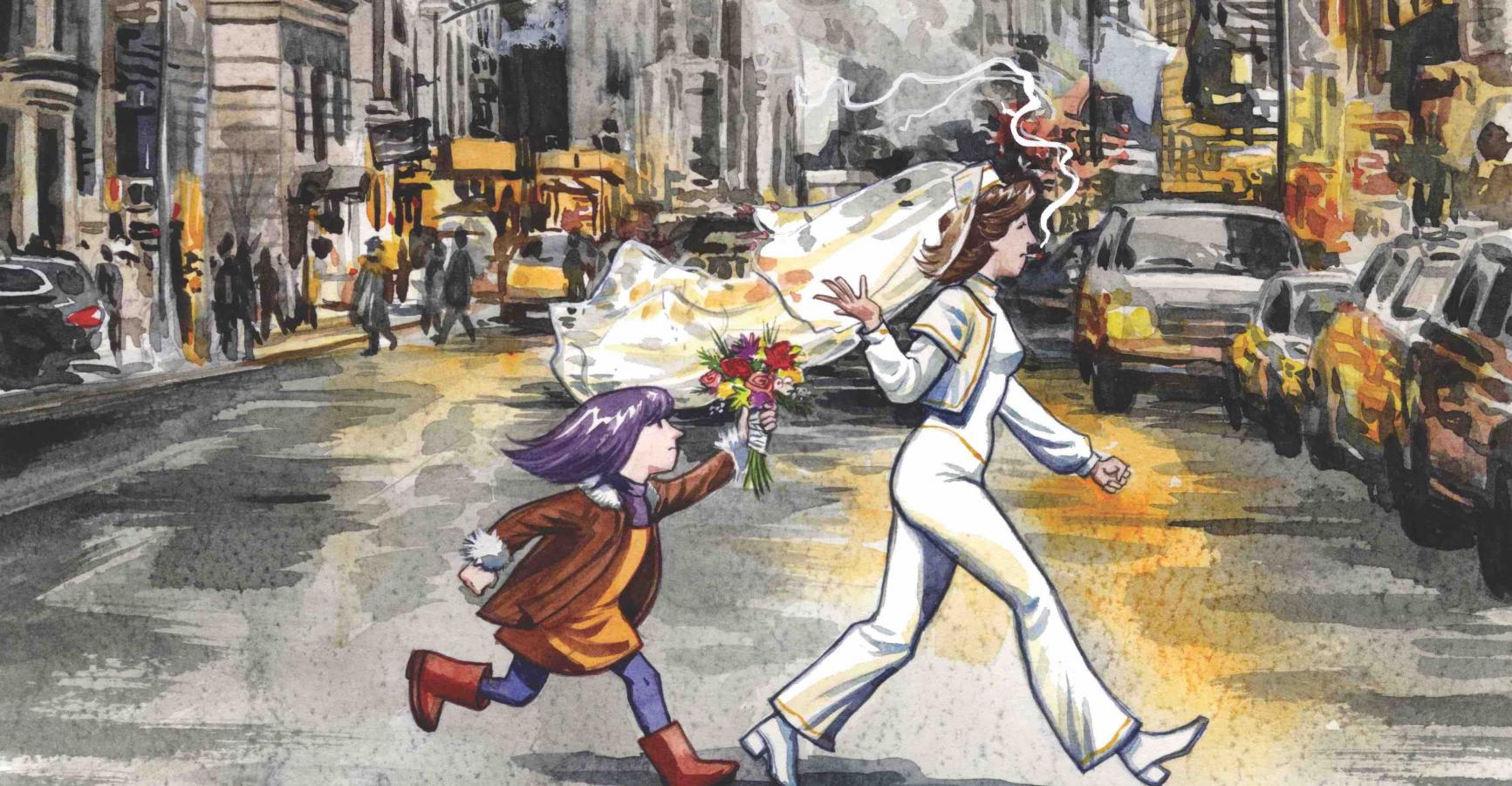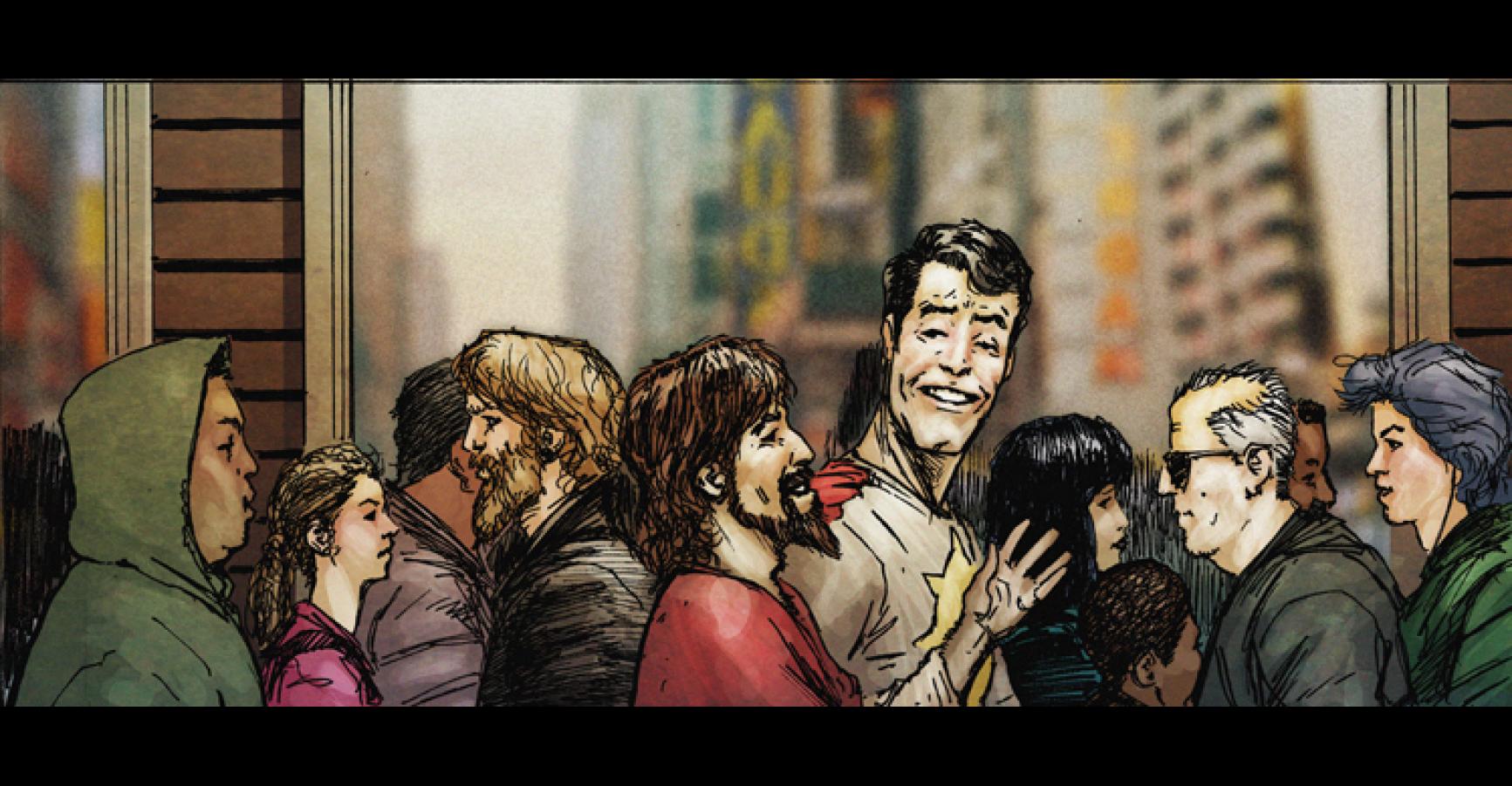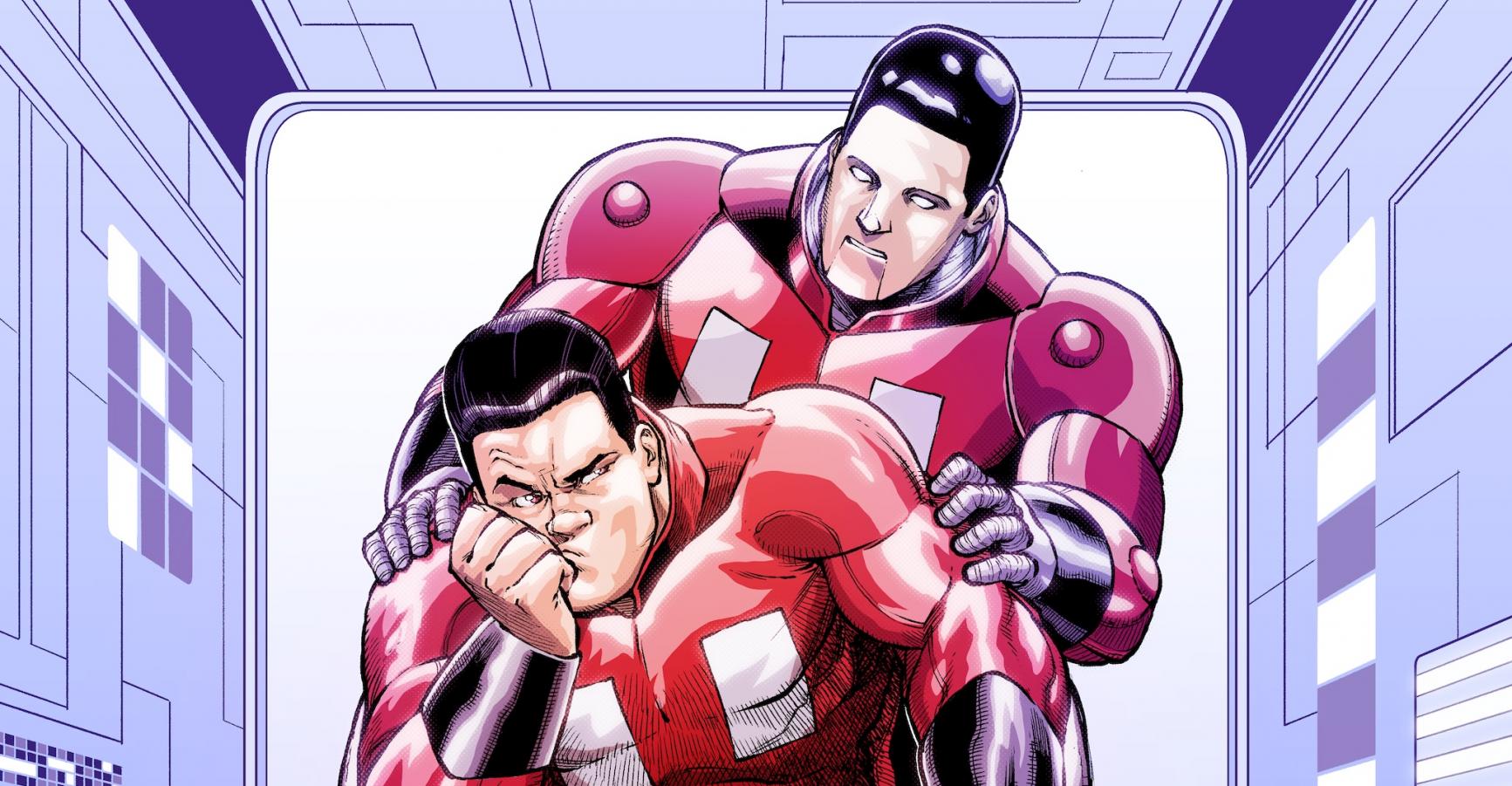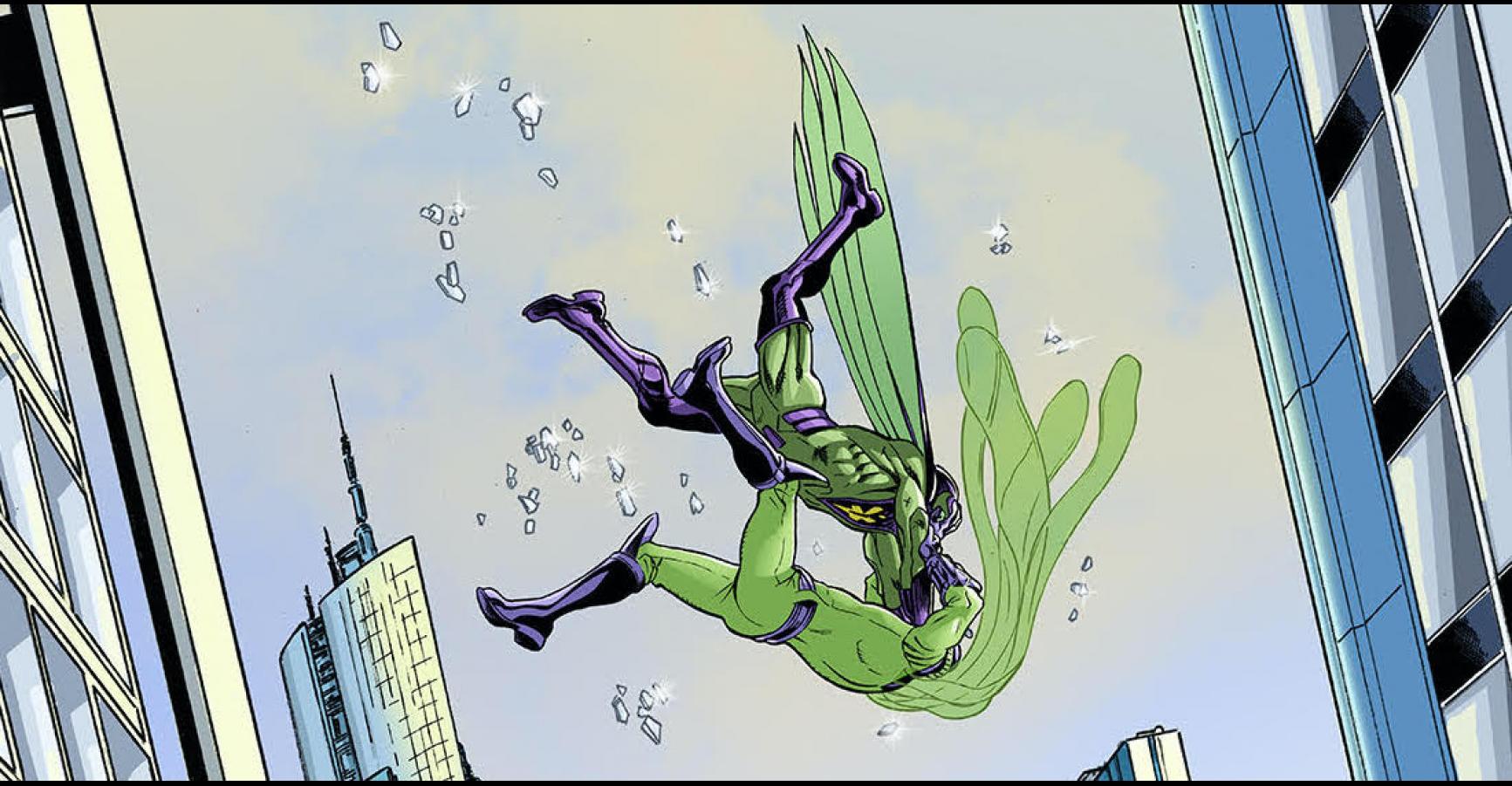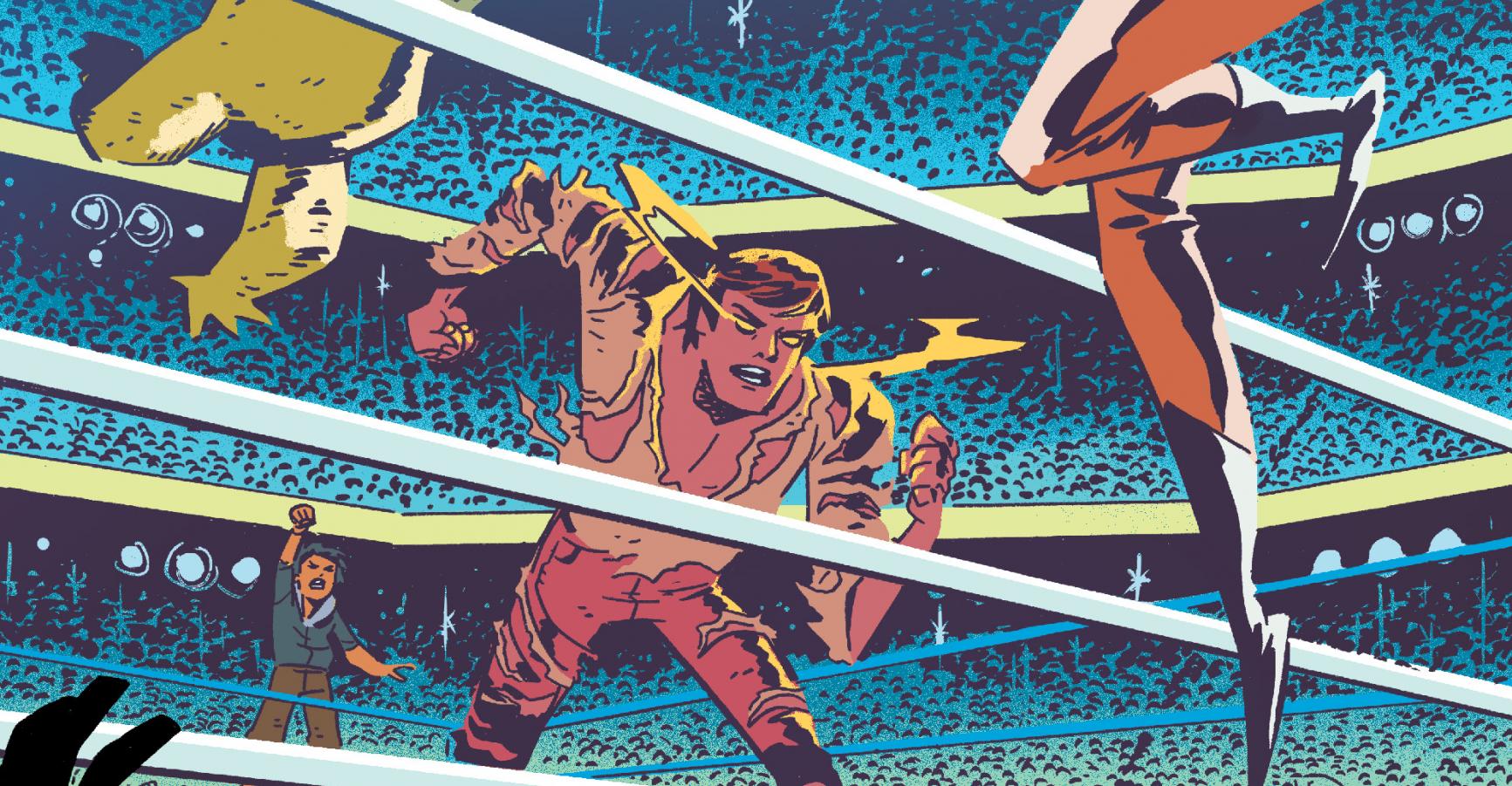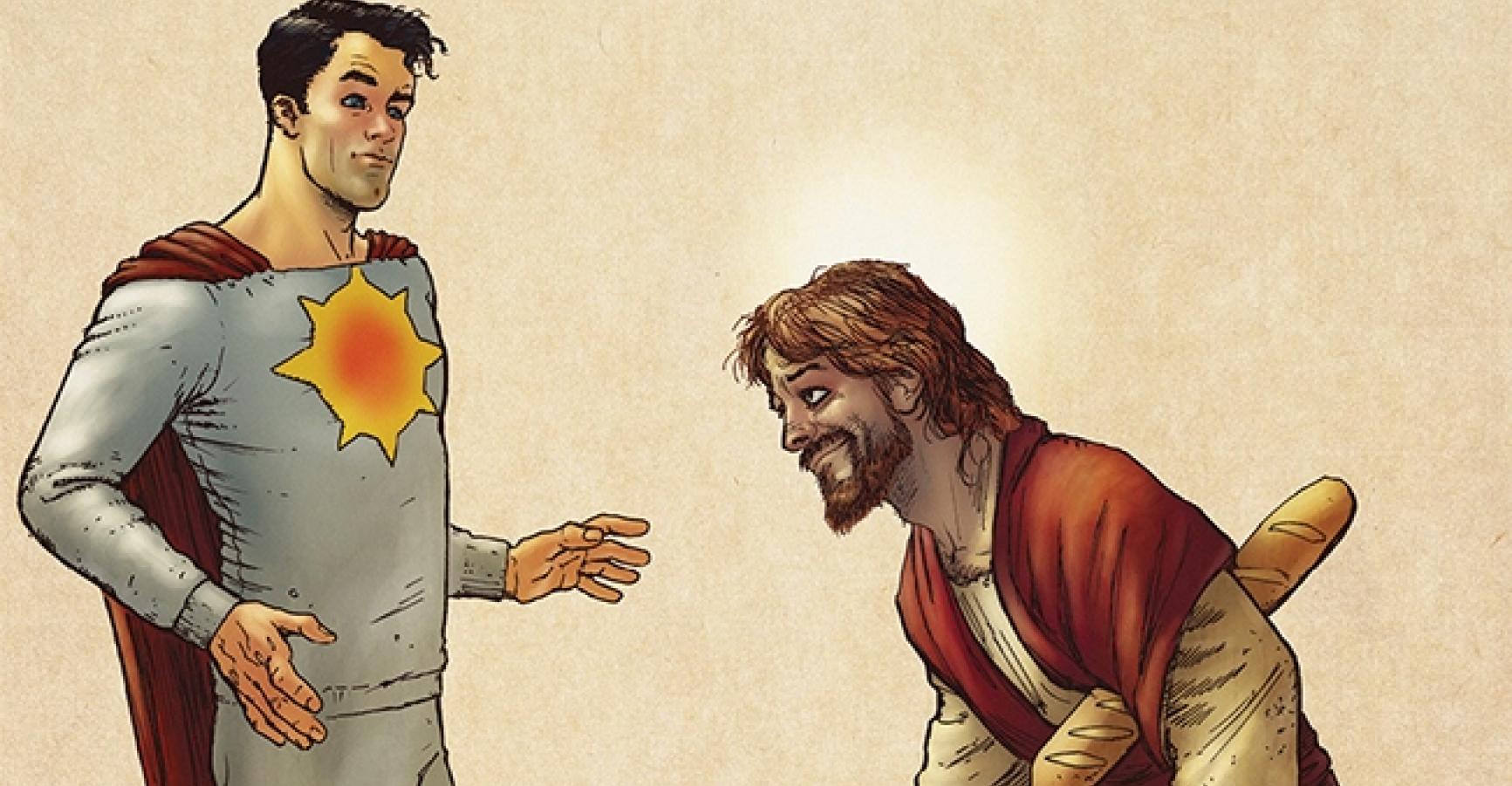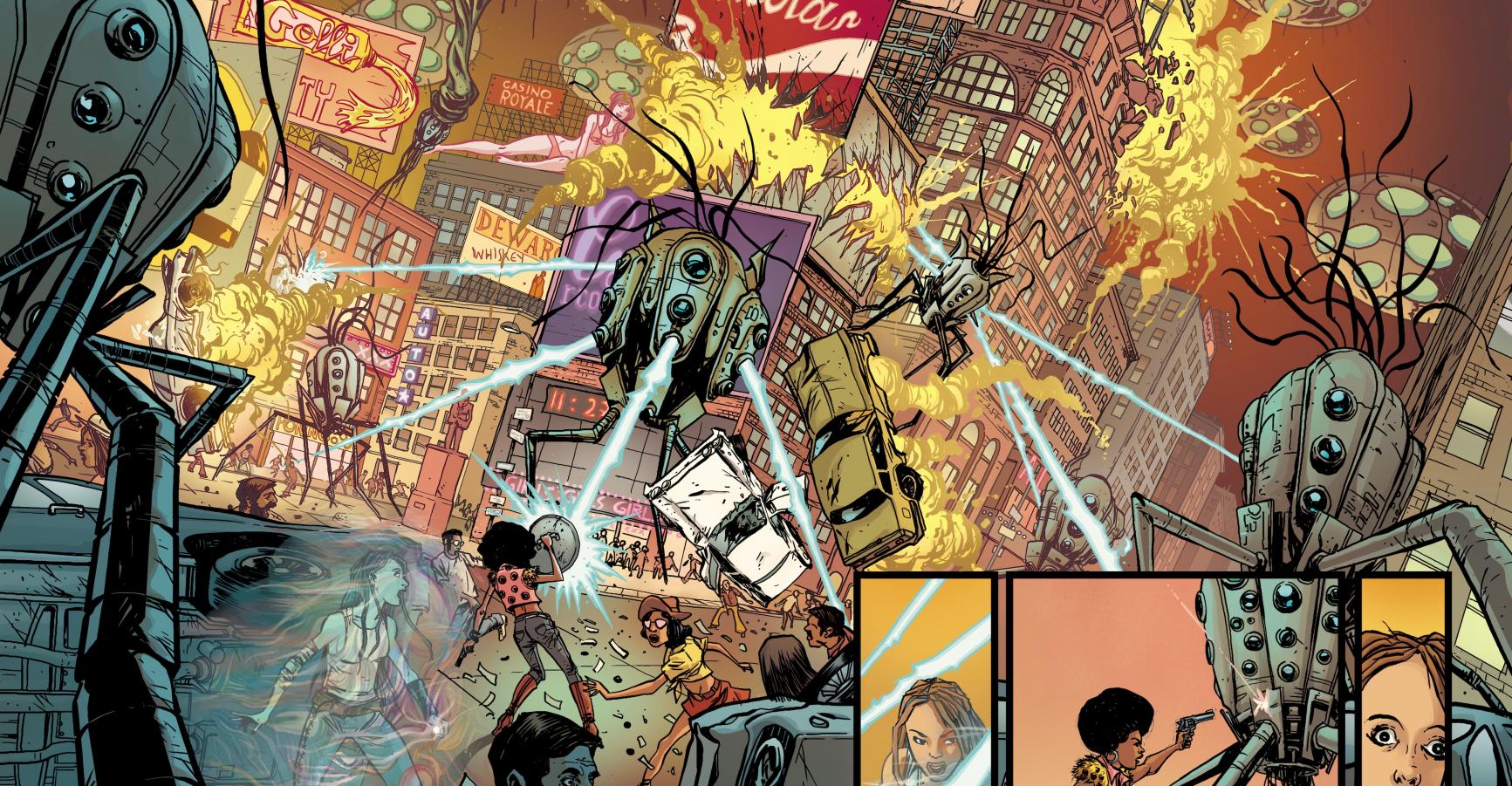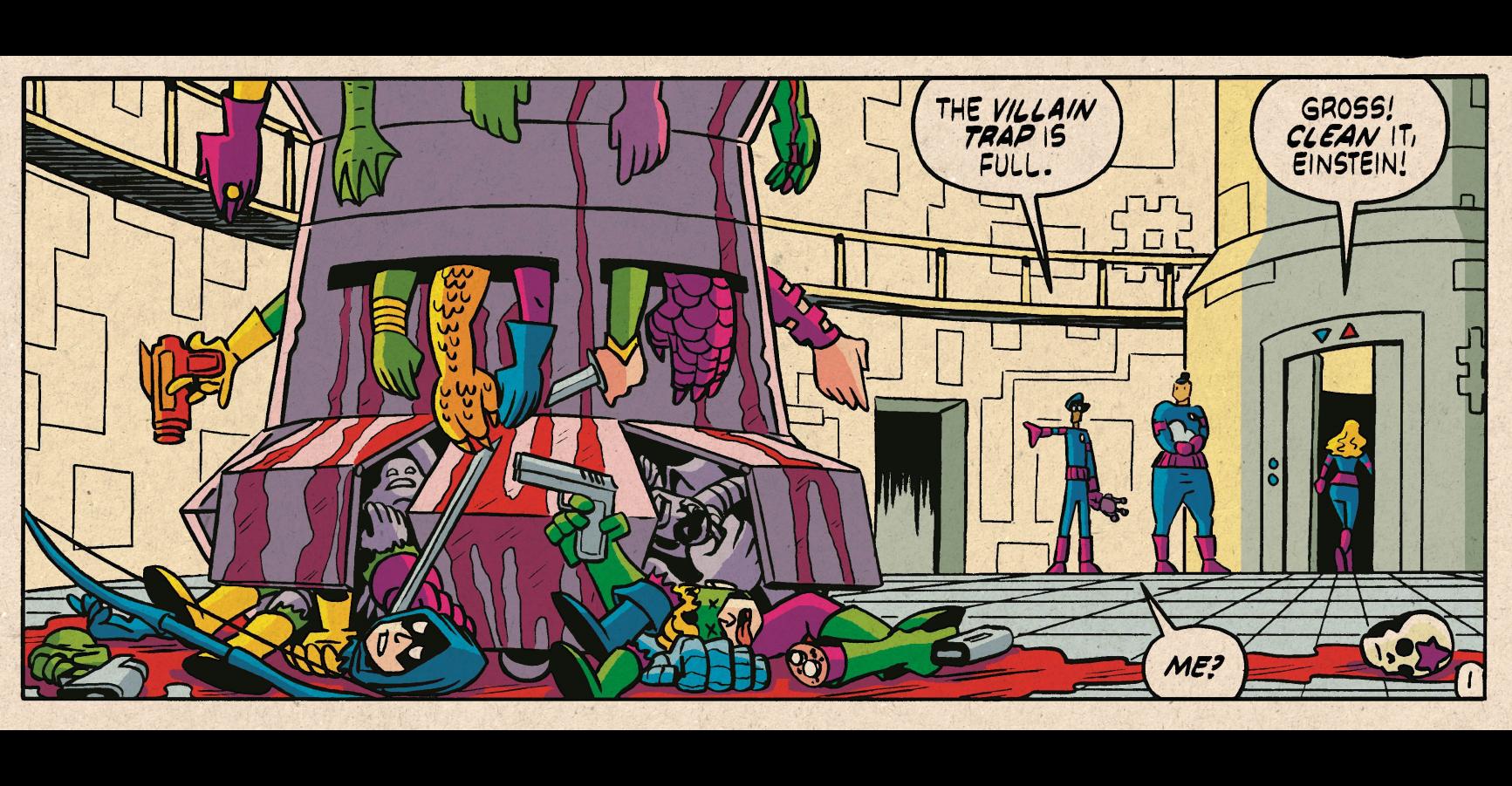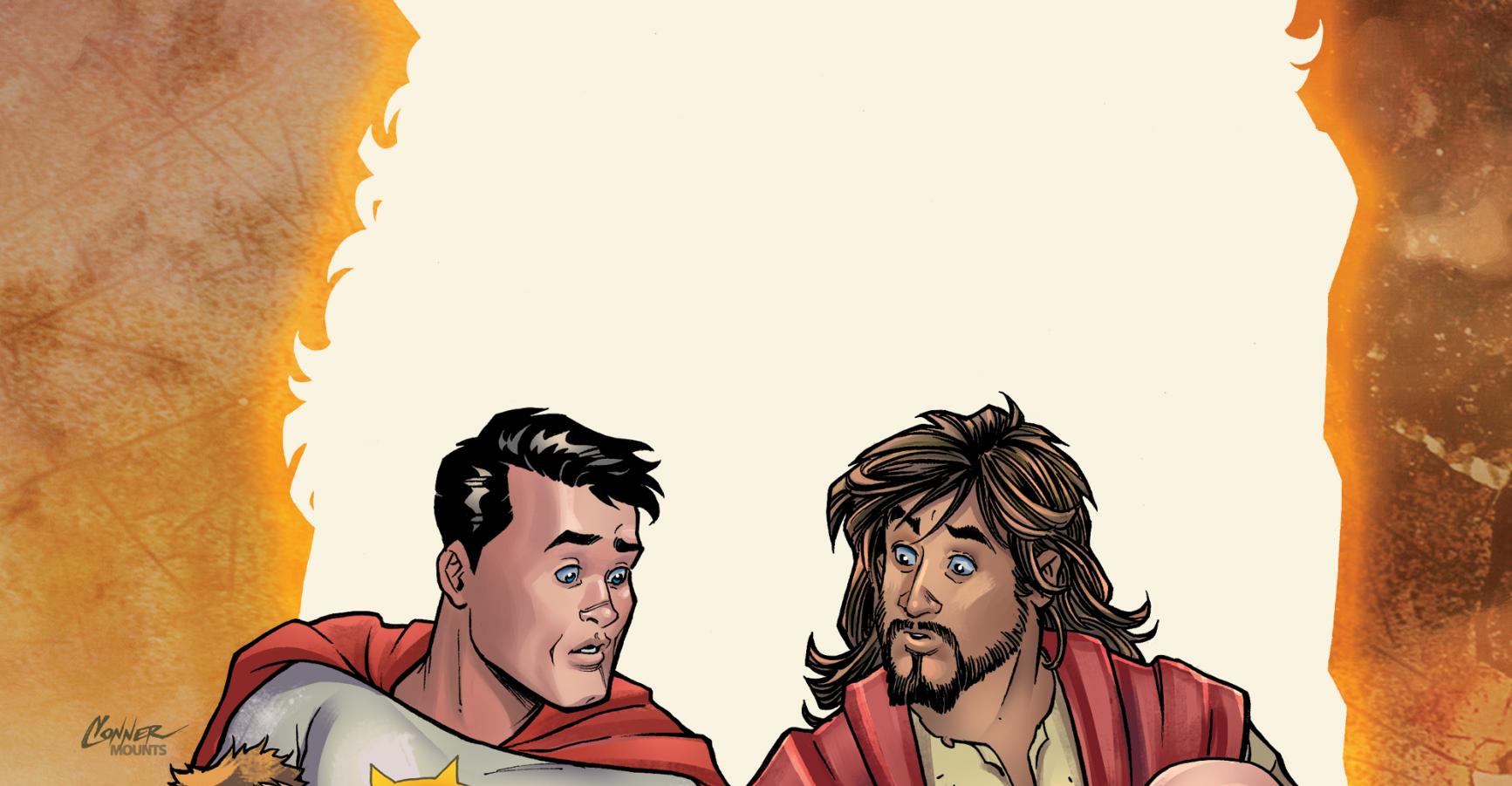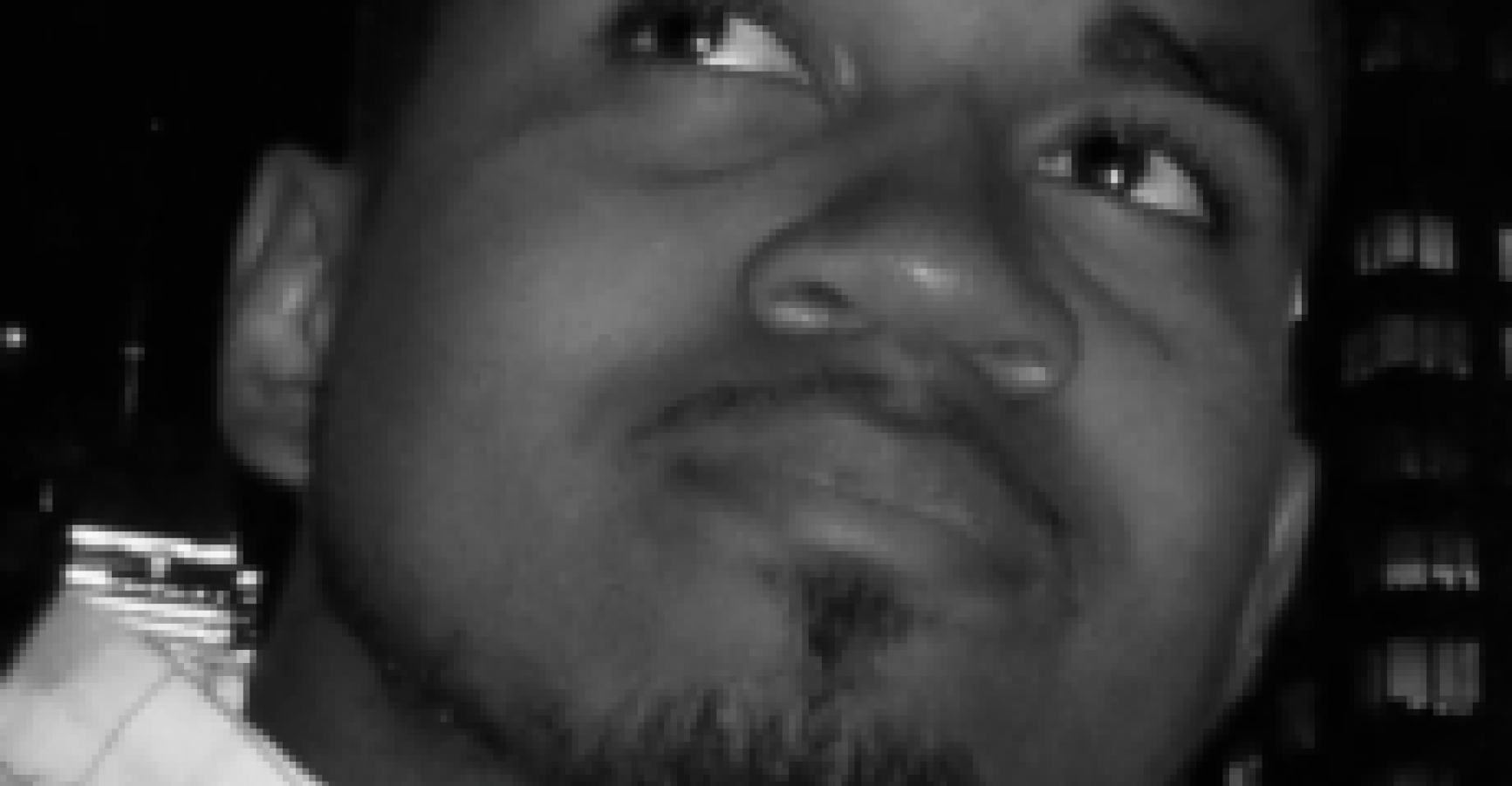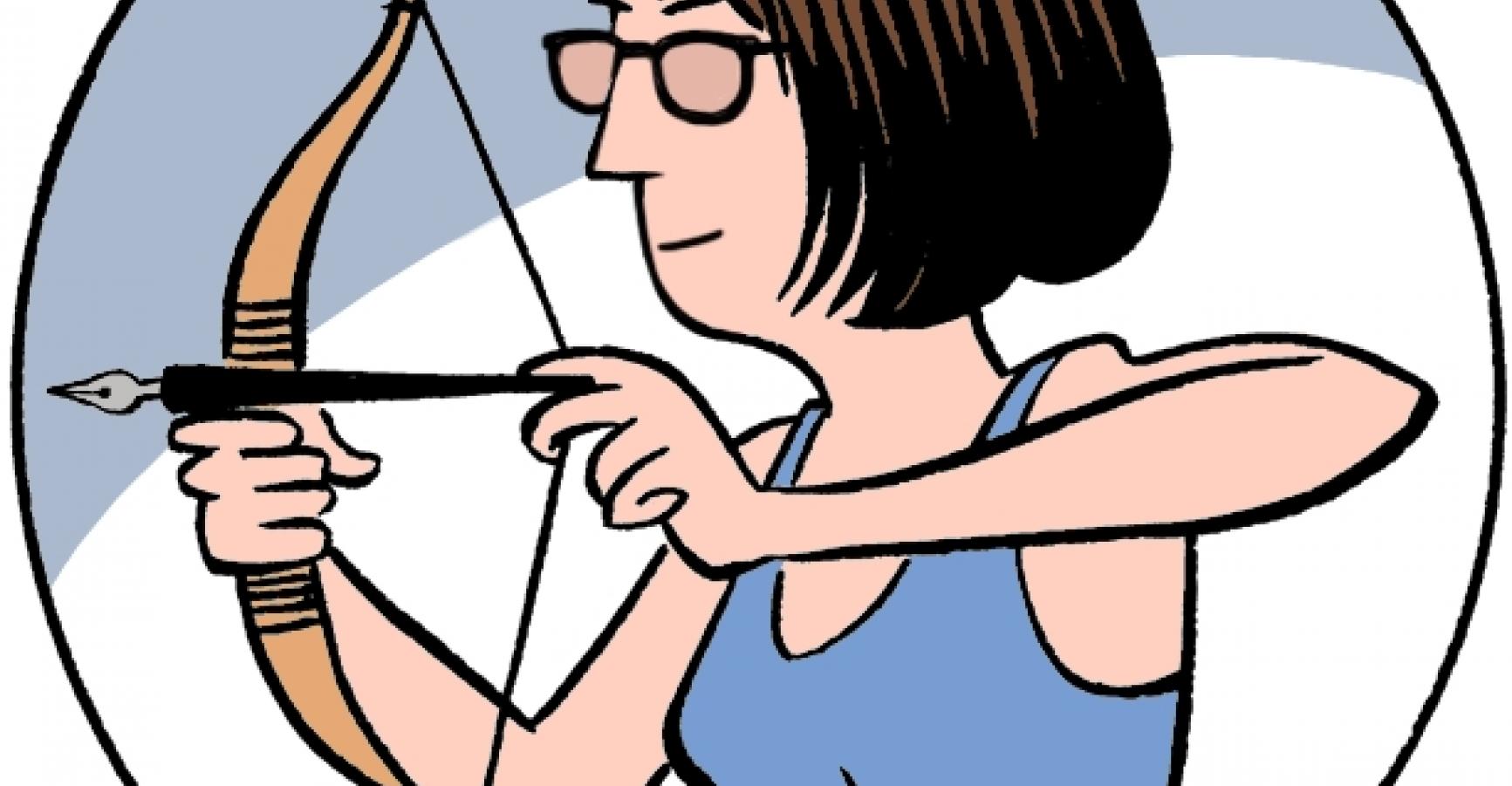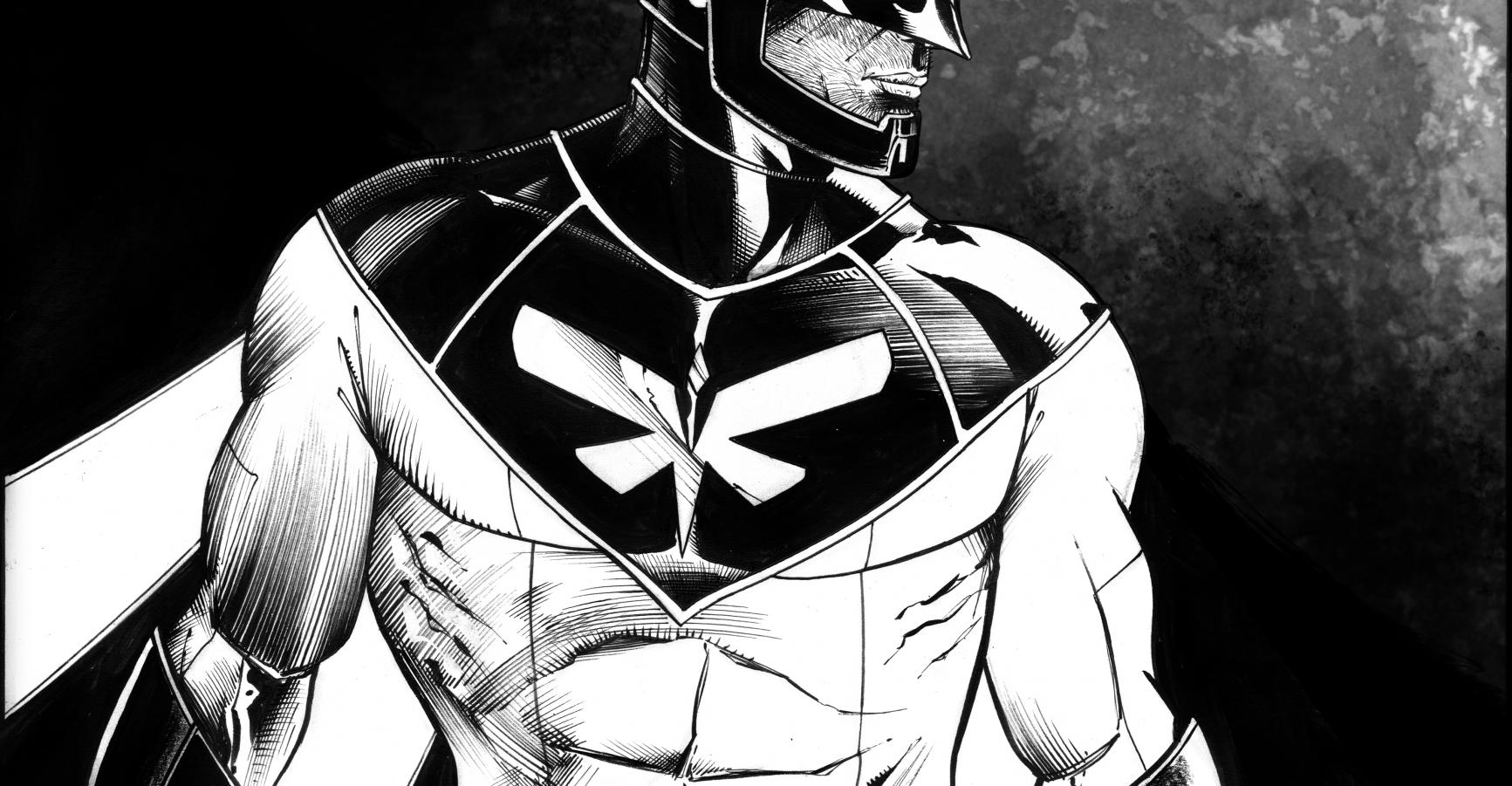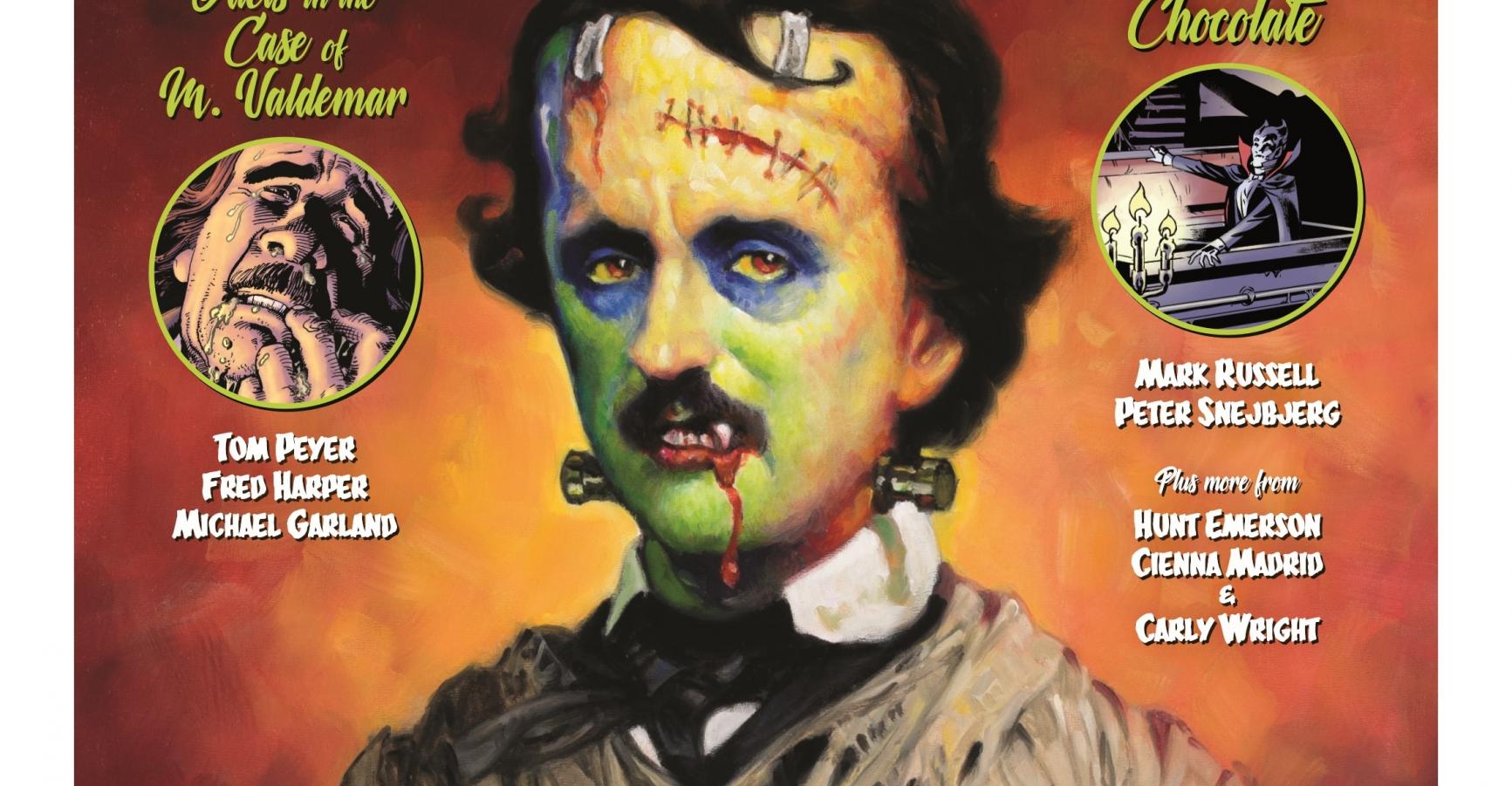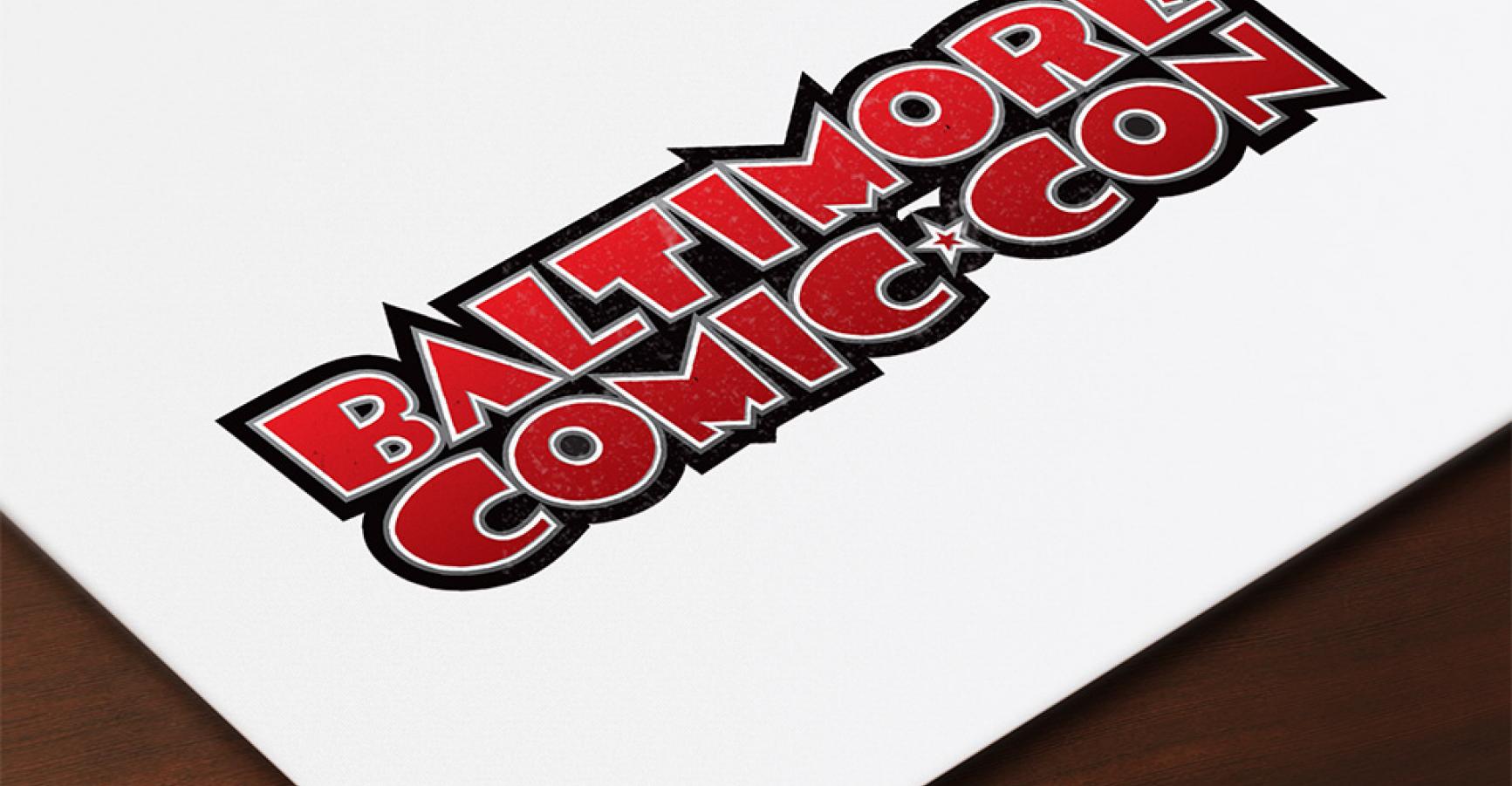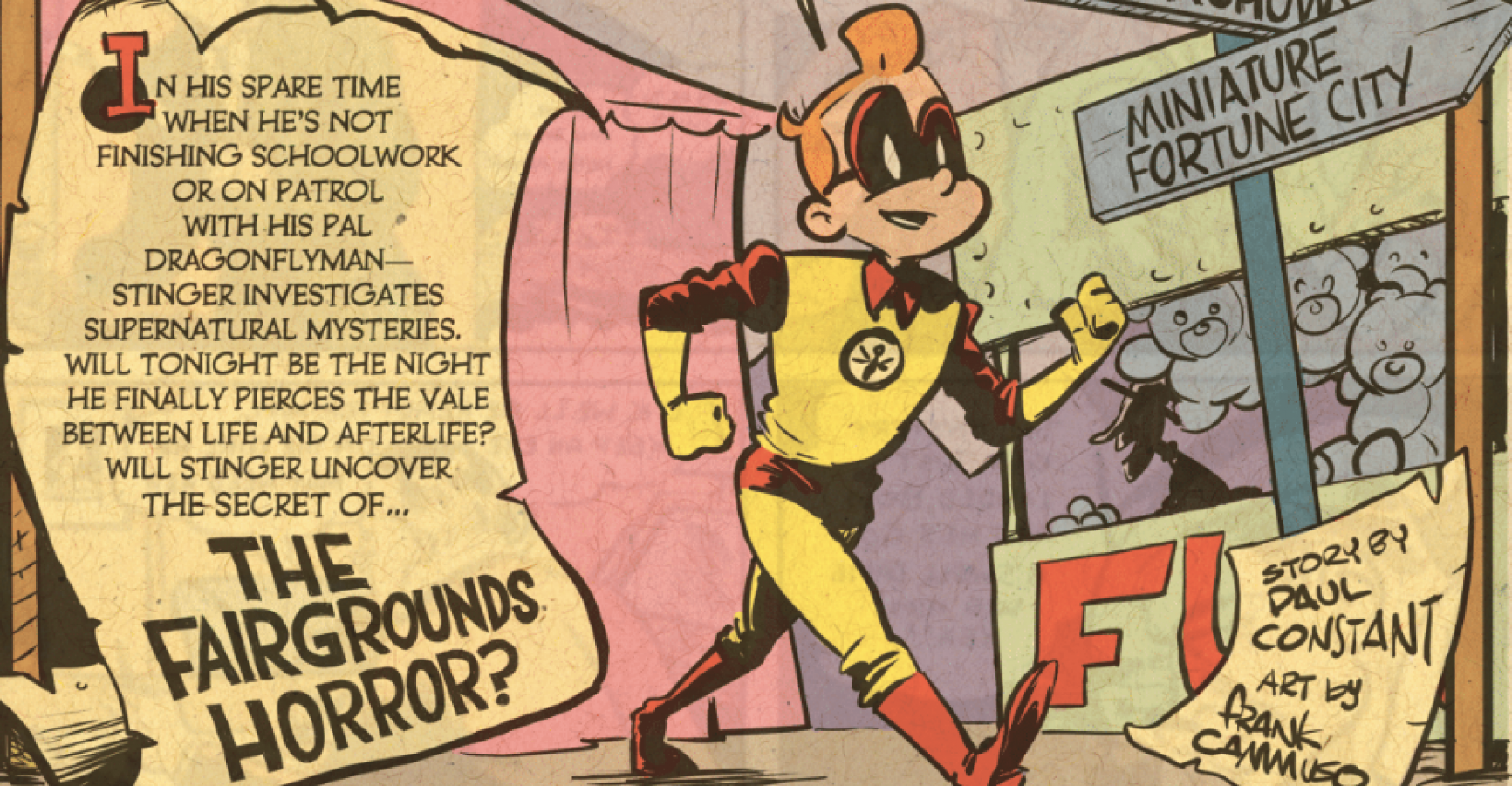If there's anything we here at AHOY understand, it's that writers love talking about themselves. Sure, they pretend to be all humble and introverted, but given the chance these loquacious creatures can't help but grab the mic and tell you all about their philosophies, deepest wishes, and most recent meals. Our own publicity coordinator and newsletter writer Hanna Bahedry sat down with comics writer and novelist Alisa Kwitney to talk about her upcoming series for AHOY: G.I.L.T., a time-traveling dramedy that will have you growing out your sideburns and wishing disco never died. Read on to learn more about the new series, the difference between writing for comics and prose, and how great it is to work with the folks at AHOY. (Spoiler: pretty great.)
1. Thanks so much for sitting down with the esteemed AHOY Comics news team! We'll start at the place I've been told is a very good place to start: the beginning. When did you know you wanted to be a writer? Bonus points if you can remember your first piece of writing.
I grew up with a journalist mother and the shadow of my absent father, the science fiction humorist Robert Sheckley. Writing was the family business, and absurdism the family religion. I used to leave my mom little notes around the house, like an aspiring Dorothy Parker. “The strangeness of us bewilders me.” “If there is a God, he is mad, and it’s your problem, all yours.” “I am running away to go live on the roof. I will let you know when I am hungry.” Some of those notes were published by the Teachers & Writers Collaborative when I was in third grade, which made me unbearably smug for half an hour, and then gave me writer’s block for the next ten years.
2. G.I.L.T. is a sharp, funny, thoughtful story about two three-dimensional female protagonists. What inspired you to write something so thoroughly unmarketable?!
I always write to entertain myself, and I like to ground all my weirdness in things that feel emotionally authentic to me. This usually means taking a popular trope and rendering it unmarketable. Like, sexy Victorian love triangle, but the hero is a corpse and his right arm comes from a different corpse, and they both love the same woman. I wrote a werewolf book and my editor told me, “Absolutely no whiff of bestiality here. Make sure they’re both human or both lupine, but no mixing things up, capiche?” Did I listen to her? I half-listened. When it comes to G.I.L.T., I figured, everyone loves The Golden Girls, and everyone used to love the Twilight Zone. What could be more commercial than fusing these two like the human caterpillar?
3. The only thing better than stories about time travel are stories about time travel with delightfully precise rules. How did you come up with the unique rules for how time travel works in the G.I.L.T. universe?
Blame Tom Peyer. At first, whenever Mauricet asked me a perfectly valid question about the rules of time travel in the G.I.L.T. universe, I would go into a complete panic. Then Tom offered me this brilliant advice: “Whenever faced with a choice, pick the option that’s more fun to write.” My definition of fun is “as simple as possible” and “works well as metaphor so readers are gulled into thinking this story works on multiple levels.”
4. As someone who works in both comics and prose, what appeals to you about working in each medium? What's similar and what's different when it comes to how you approach writing for them?
Novels give you more room to get inside people’s heads and to riff about things—you get to see the world through a character’s eyes, which gives the opportunity to play with the humor of how one character sees a situation or another character, and then flip and show how that character is perceived from a different POV. You can delve more deeply into sensory awareness, which is great for writing love scenes. A well-written sex scene beats a well-staged one any day, because it can go from funny to poignant to erotic and back again. Just like real life.
But with comics, you get the interplay of words and images, and you get the fun of collaborating. There is so much subtlety and joy in watching a skilled artist take your written page and translate it into the visual. And since the visual is such a different language, it’s also a kind of reinvention. As an added bonus, if you’re friends with the artist, as I am, you know who your first reader is. So I never have to stare at the blank page and think, “Why the hell does the world need this?” Instead, I think, “Let me write something that will give Alain a migraine.”
5. This is your first series with the unimpeachably wonderful folks at AHOY Comics, though you've had a story in the SNIFTER series before and worked with Tom Peyer in your Vertigo days. How did G.I.L.T. find its home at AHOY, and what makes working with us so unimpeachably wonderful?
I kept pitching things to Tom until I wore him down and he said, “Maybe this one?” The wonderfulness of working with you guys is that you make me feel like you want my special mutant power of growing an extra hand out of my forehead. I also appreciate how you all chant “One of us” whenever I walk into a room.
6. This isn't your first time working with artist Mauricet either. What special sauce does he bring to the project?
It is very difficult to find a partner who combines the essential qualities of snark, brains and heart in the right proportions. Mauricet can draw real people having complex emotions, and he can draw stuff that evokes the macabre and humorous look of seventies horror comics. We also have a lovely give and take, where we feed off each other’s ideas and enthusiasm. Last but not least, he sometimes brings me Belgian chocolate.
7. Lastly, a little thought experiment: if you were Hildy's age in the 70s, what do you think you would've gotten up to (and how many pantsuits would be involved)?
I would invite a sexy, bare-chested Leonard Cohen onto the roof of the Bellicent to watch the sunset and strum his guitar. We would both be wearing pantsuits, as he was married at the time and they were the unsung chastity belts of the sexy seventies.






